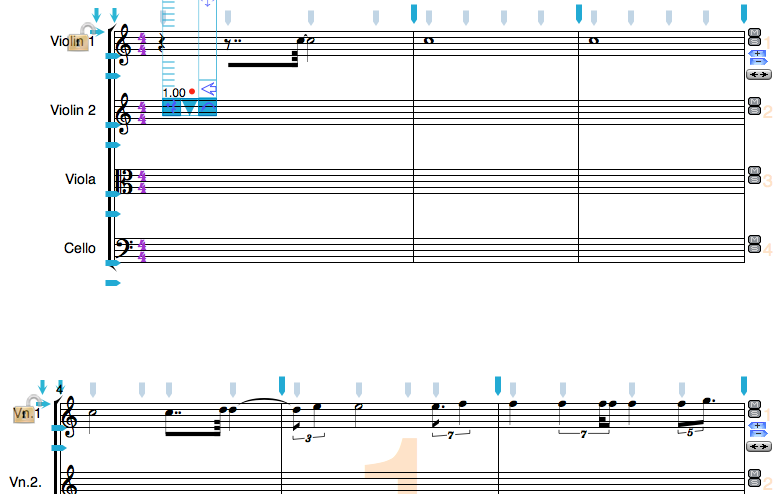Hello K
How about NoteAbility Pro and MusicXML ? Does-it work properly ?
Here : http://debussy.music.ubc.ca/
Cheers~
……………………………………………………… jerome

Hello K
How about NoteAbility Pro and MusicXML ? Does-it work properly ?
Here : http://debussy.music.ubc.ca/
Cheers~
……………………………………………………… jerome
Dear Jerome,
I can’t say… I don’t use Notability since i am on Linux. And i have a better solution for my scores, and it is Lilypond.
I am just trying to maintain the musicxml feature in om for other users (mainly Finale’s and Sibelius’) and have no idea about musicxml and notability.
Sorry man…
BEst
K
Anyone else ?
Karim, you’re a dissident 
NoteAbility Pro is now available for free.
We are working with Keith Hamel on improved communication with OM.
Currently there is a dedicated format/Option in the OM file import/export.
I have exported a POLY object from OM but I could not find how to import it to Noteability Pro. Can you help me?
Hi Shakin,
I don’t know if there’s a more direct command to import the exported file, but if you open it as text, copy its contents and just paste it (cmd+V) in NA Pro document, you should be able to import your POLY.
I think the export-NAP box in OM automatically puts the text contents in your OS clipboard, so you just have to cmd+V in NAP.
Jean
PS. you can also use the MusicXML export-import to transfer scores from OM to NAPro.
The OM-text-NAPro method mostly works, though it drops data somewhere in the path. I’m in touch with Keith about it. It used to work flawlessly, and I’m hoping it will again soon (KH is away at the moment).
Many THX in advance Steenhuisen,
can you tell us more about : OM-text-NAPro ?
Jérôme, yes, If you Export an OM Poly “to NAPro”, you get a .om text file. Open that in TextWrangler, copy the contents, then go to your NAPro document and paste it in. You’ll see the images there, though currently, it’s dropping some info (half-notes, etc). It has worked in the past, but currently needs an update. I believe a simpler method is coming.
Paul
ok… I thought you were talking about a box ! 
yes, this works ! something simpler will be better
Jerome
I’m looking more closely at the .om file generated in OM, prior to import to NAPro. It looks like the .om file code for ties (TS, TC, TE) is messed up/placed incorrectly. If I replace TC with TE, more of the music information is transferred correctly. This mostly applies to long, tied held tones. Is it possible to have a look at that - it’s a game-changer, given the amount of information I want to export from .om to NAPro. I’m in touch with KH about it, but it looks like the issue is on the OM side. Also, (though I’ve looked at it less thoroughly) .xml files also have problems with start and stop ties on longer note values, so it’s not an alternative import method to NAPro.
Thanks, Paul
…KH being Keith Hammel and not me …
yes… though both are excellent KH’s.
Hello Paul — can you attach a simple example OM patch ?
If possible, the generated file in original/corrected version would be great.
Thanks
Jean
Hi Jean,
Here’s a sample Poly in an .omp (Ex Poly) and the original Export to NaPro .om file (1-Poly to NAPro.om)
With a screenshot of how it displays incorrectly when imported (1-NAPro original incorrect screenshot).
As well, the .om file with some of the tie info changed (2-Poly to NAPro_CORR.om).
I don’t have it quite right yet, but at least the pitches display properly (2-NAPro_CORR display screenshot).
Ex-Poly.omp (6.22 KB)
the remaining files…

The Forum doesn’t seem to let me transfer the .om file(s) generated from the Poly.
Sending them as text files.
1-Poly-to-NAPro.txt (2.04 KB)
ps, the 2-Poly-to-NAPro_CORR file was edited manually in TextWrangler.
Thanks,
If I’m not wrong and remeber well, the TS/TC/TE convention is pretty simple:
TS: tied note starts here
TC: tied note continues here
TS: tied note stops here
From this point of view, the generated .om files seem correct (and I think, the .xml as well).
and it seems that NAP ignores the “continuation-tied” notes.
In your “corrected” versions, what you have done is replacing TCs by TEs, so that the pitches indeed appear but the “continuation” ties are gone.
Jean